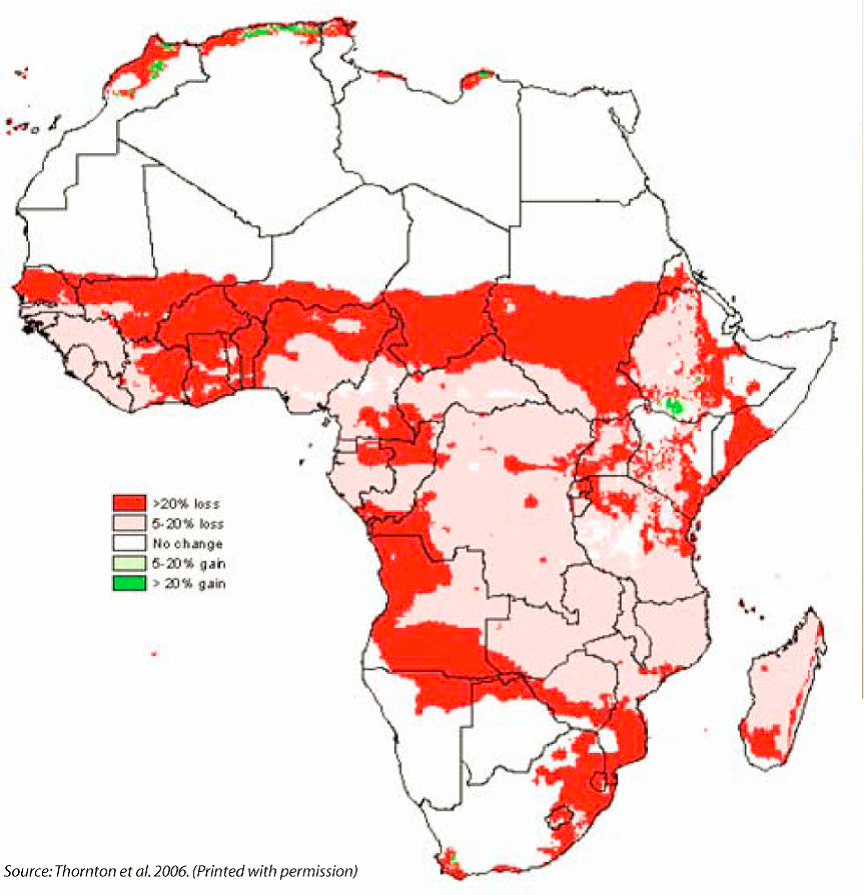The World Economic Forum released their 2014 Global Risk Report with a write up crafted by WEF’s Global Agenda Council on Climate Change based, where Juan Jose Daboub (the Global Adaptation Institute’s founding CEO) is co-chair. I drafted the original write up which resulted in this piece:
The year 2014 is likely to be crucial for addressing climate risks, a point made by United Nations (UN) climate chief Christiana Figueres at the Warsaw Climate Change Conference. Countries made only limited progress on issues such as emissions reduction, loss and damage compensation, and adaptation. Greater progress is urgently needed to create incentives and mechanisms to finance action against climate change while efforts are made to keep temperature rise below 2 degrees Celsius.
Even as governments and corporations are called upon to speed up greenhouse gas reduction, it is clear that the race is on not only to mitigate climate change but also to adapt. Droughts, super-storms and other natural disasters are increasingly causing systemic risks around the world.
Failure to adapt most strongly affects the most vulnerable, especially those in the least developed countries. They tend to lack the infrastructure and capacity to deal with extreme droughts and floods, reduced crop yields and increased stresses on energy and water supplies.
According to the latest Notre Dame-Global Adaptation Index, it will take more than 100 years for the world’s poorest countries to reach the current adaptive capacity of higher-income OECD countries. The World Bank estimates the cost of climate change adaptation for developing countries at US$ 70-100 billion per year through to 2050.
Gradually, however, promising models are emerging of collaboration between the public and private sectors and civil society to strengthen resilience to climate change. An example is the US$ 3 billion Southern Agricultural Growth Corridor of Tanzania (SAGCOT), intended to create the infrastructure to nurture new value chains. Through techniques such as rainwater harvesting, efficient irrigation and crops that can produce more nutrients for the same input of water, SAGCOT aims to increase food production in a way that is both environmentally sustainable and benefits small-scale farmers and the rural poor.
Such innovative and ambitious projects, unlocking investment funds through public-private partnership, showcase the kind of multistakeholder collaboration that will be needed across all sectors to meet the twin priorities of climate change mitigation and adaptation.
Sources
ND-Global Adaptation Index http://news.gain.org/post/69787249752/2013-nd-gain-data-show-worlds-poorest-countries-lag
Scherr, S. J., J. C. Milder, L. E. Buck, A. K. Hart, and S. A. Shames. 2013. A vision for Agriculture Green Growth in the Southern Agricultural Growth Corridor of Tanzania (SAGCOT): Overview. Dar es Salaam: SAGCOT Centre. Available at http://www.ecoagriculture.org/documents/files/doc_483.pdf
World Bank. 2010. Economics of Adaptation to Climate Change: Synthesis Report, Washington DC: World Bank. Available at http://climatechange.worldbank.org/sites/default/files/documents/EACCSynthesisReport.pdf












 surround them, and the solutions to these precarious challenges. We need that coverage, perhaps even more than we need the reporting that accompanies a weather-related emergency.
surround them, and the solutions to these precarious challenges. We need that coverage, perhaps even more than we need the reporting that accompanies a weather-related emergency.